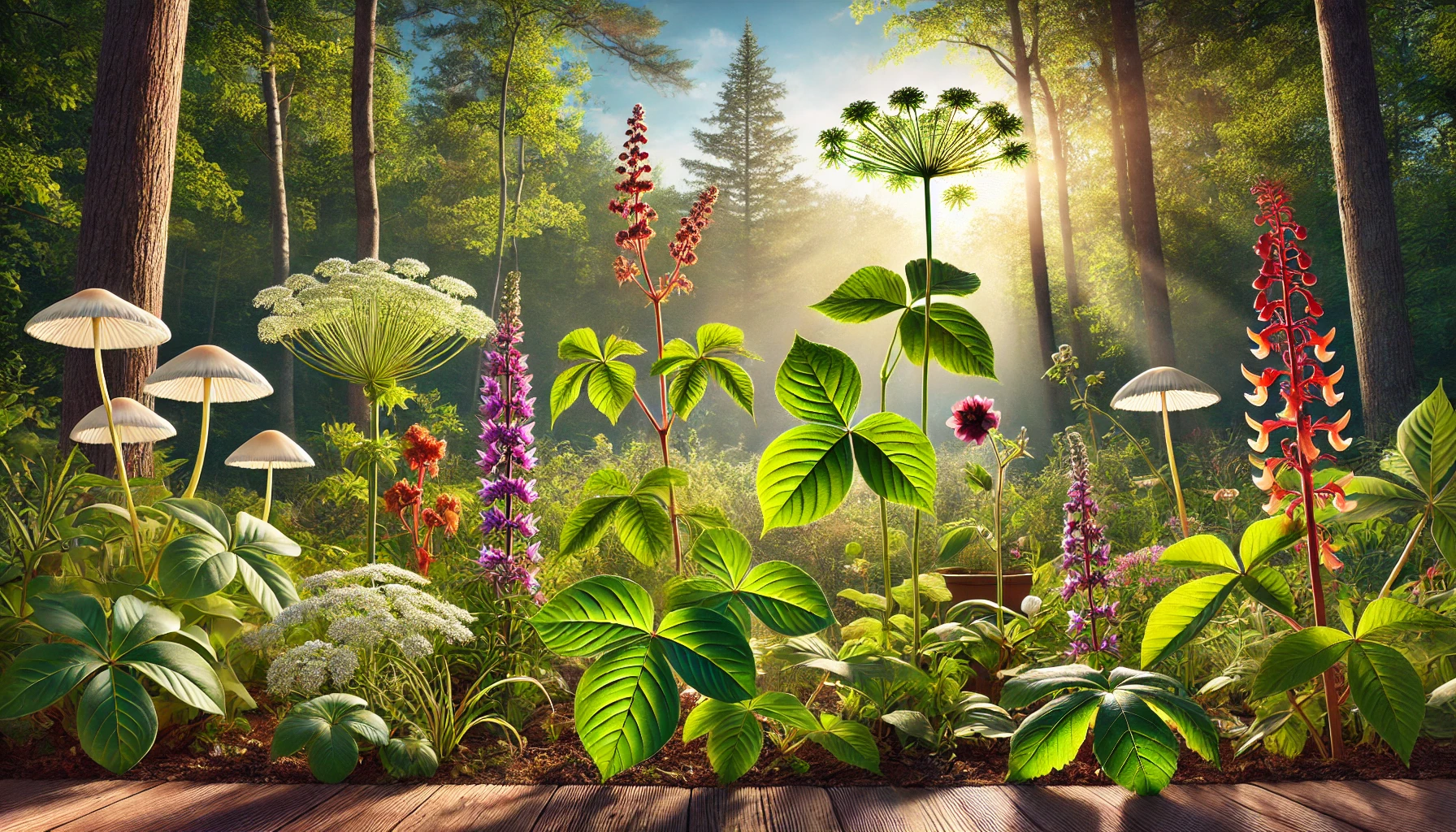
North America is home to many beautiful plants, but some can be harmful if touched or ingested. Whether you’re hiking through a forest, walking your dog, or simply exploring nature, it’s essential to know which plants to avoid. This guide will help you identify common poisonous plants, what to do if you come into contact with them, and how to protect both yourself and your pets.
Common Poisonous Plants in North America
While there are many toxic plants, certain species are more widespread and pose a higher risk. Here are some of the most common poisonous plants you may encounter in North America.
Poison Ivy
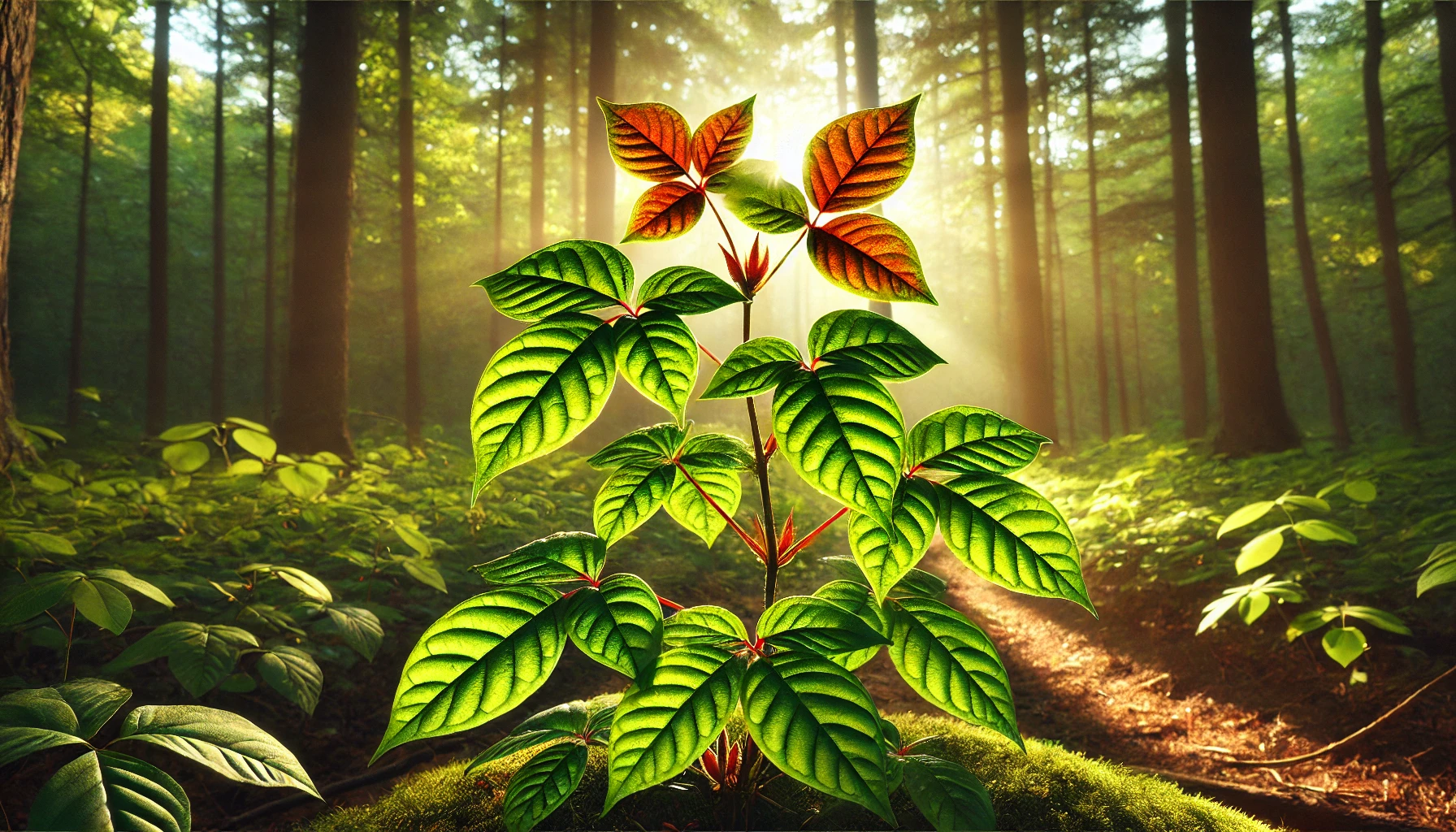
Poison Ivy (Toxicodendron radicans) is notorious for causing an itchy, blistering rash. It grows in forests, fields, and even in urban areas. The plant has three glossy green leaves that can turn red in the fall. The urushiol oil in its leaves, stems, and roots causes an allergic reaction in most people.
Poison Oak
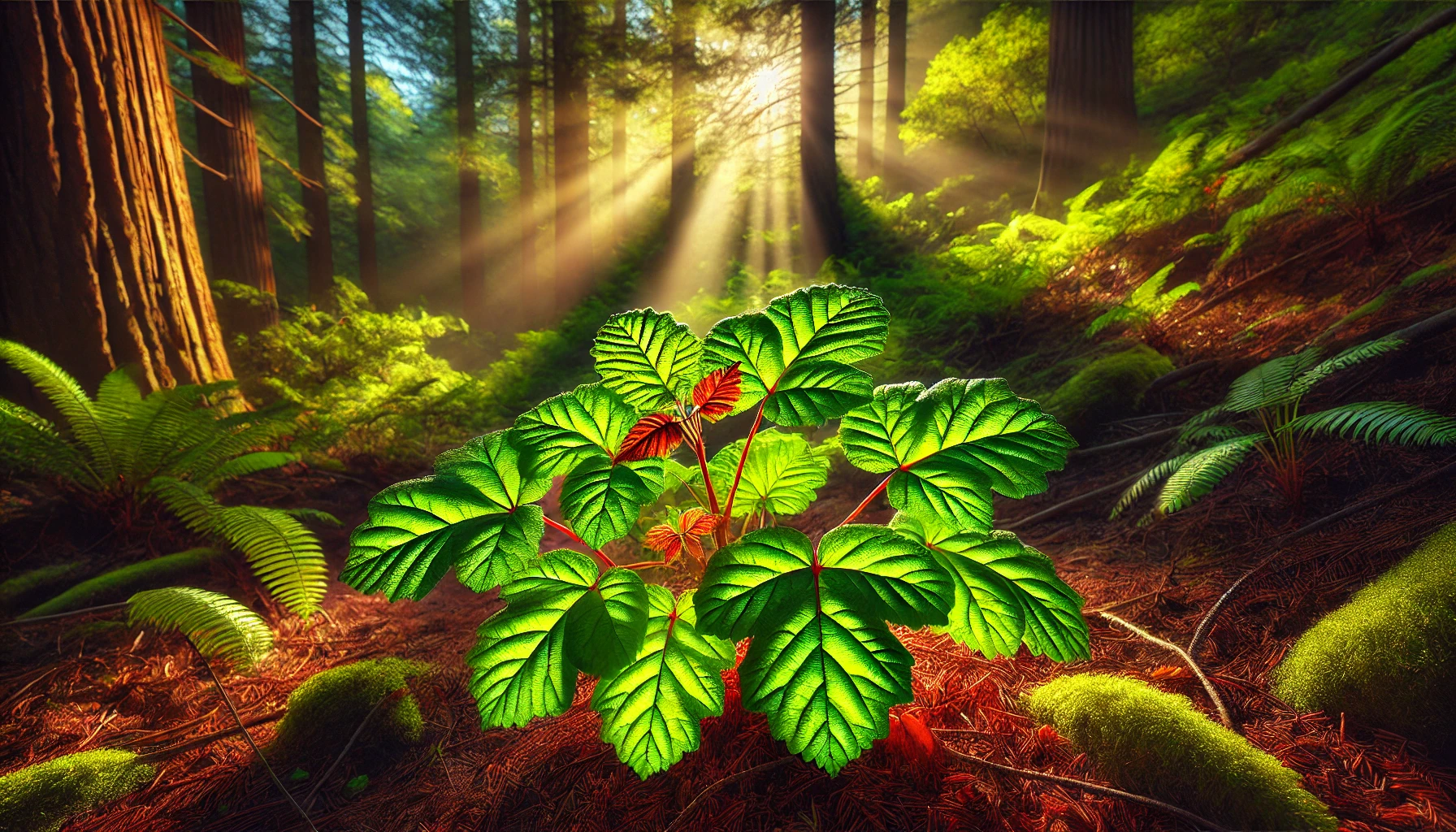
Poison Oak (Toxicodendron diversilobum) looks similar to Poison Ivy but has more lobed leaves. It also contains urushiol oil, which causes a similar rash. You’ll find it in wooded areas, particularly on the west coast.
Poison Sumac
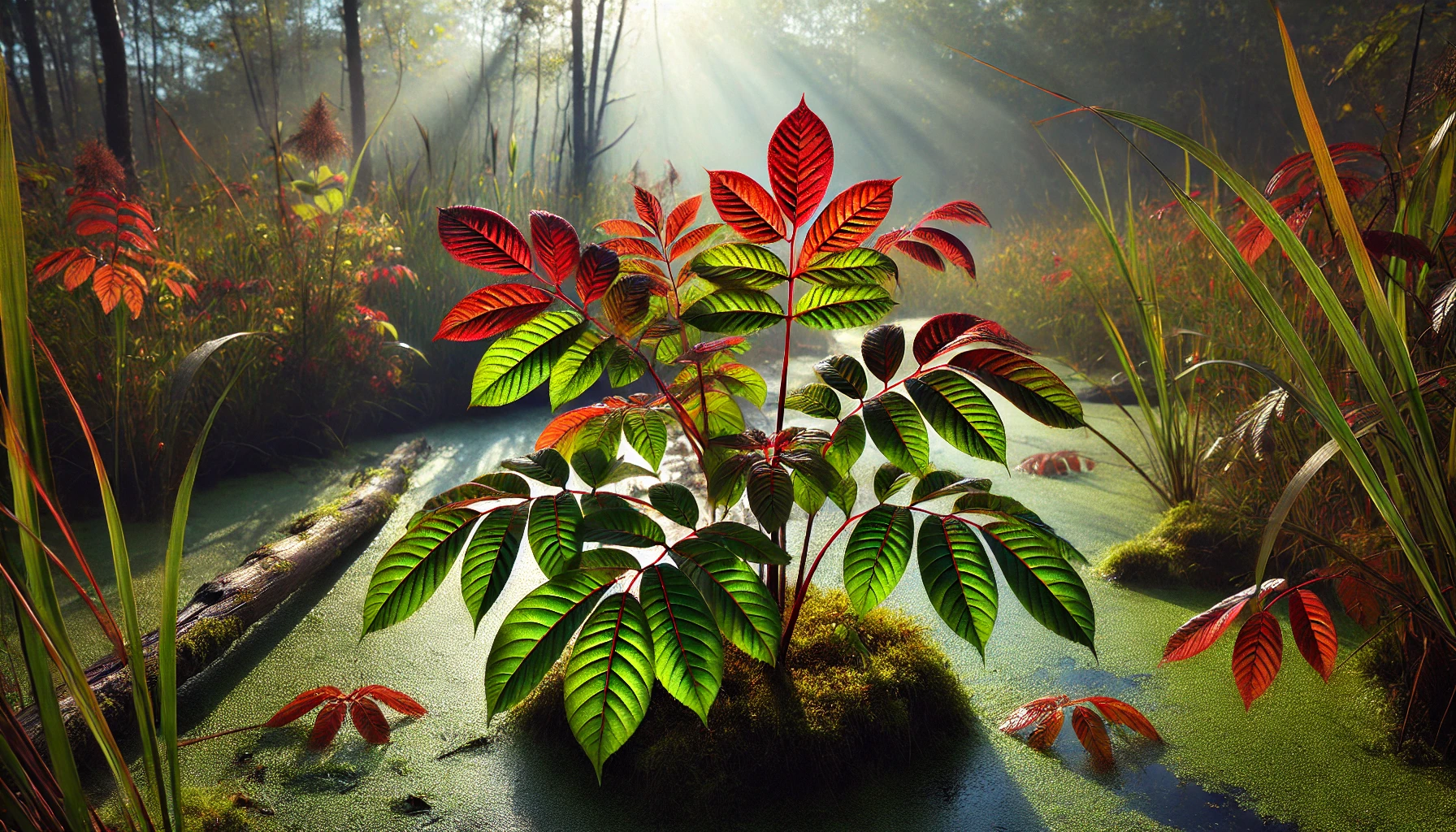
Poison Sumac (Toxicodendron vernix) is less common but equally dangerous. It has clusters of 7 to 13 smooth-edged leaves and grows in wet, marshy areas. Like Poison Ivy and Poison Oak, Poison Sumac contains urushiol oil, which triggers an allergic reaction.
Deadly Nightshade

Also known as Belladonna (Atropa belladonna), Deadly Nightshade is highly toxic if ingested. It produces purple flowers and shiny black berries. While rare, its berries are especially dangerous to children and pets.
Water Hemlock
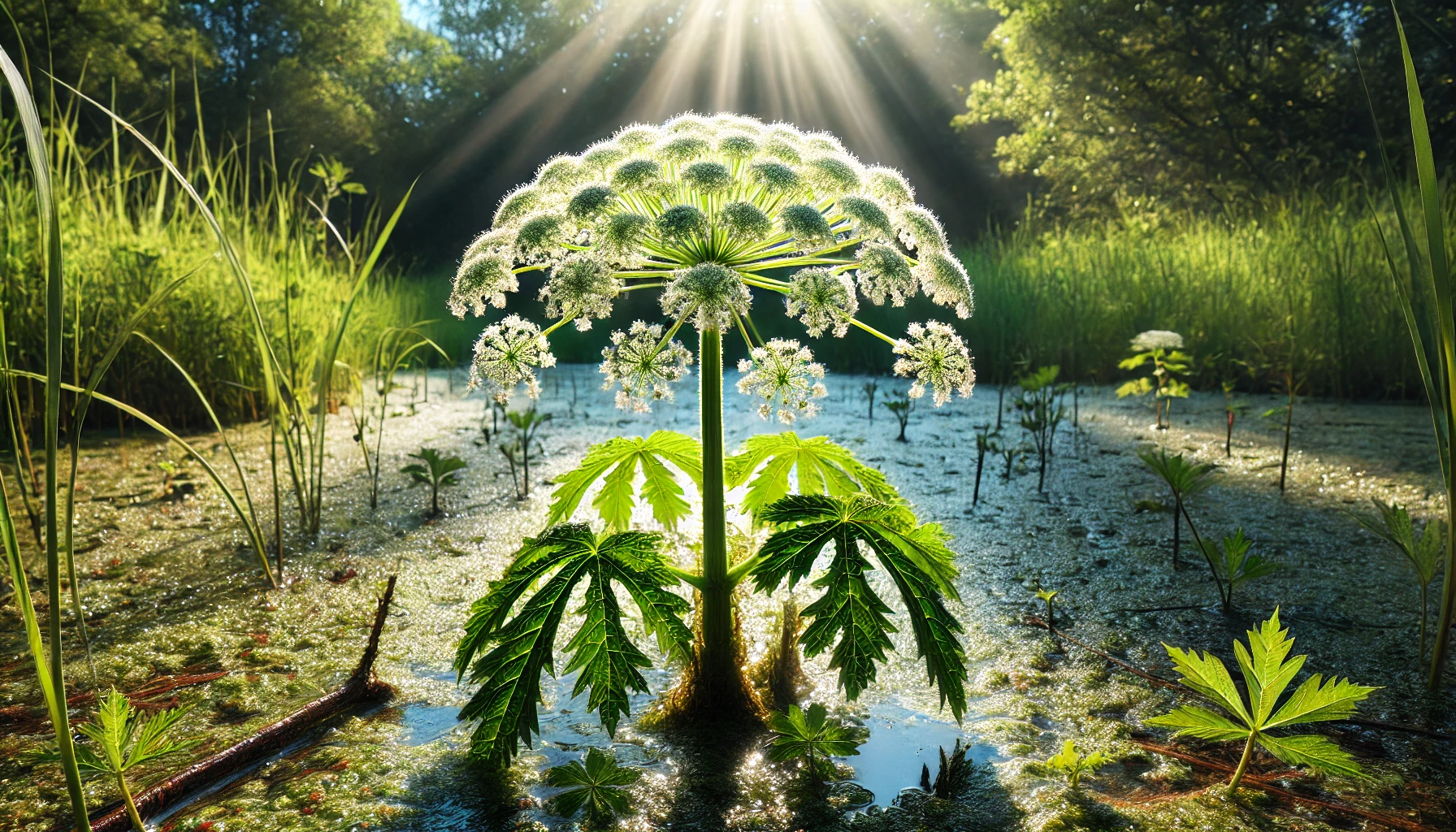
Water Hemlock (Cicuta spp.) is considered one of the most toxic plants in North America. It grows near streams and wetlands, with small white flowers arranged in umbrella-like clusters. Ingesting even a small amount can lead to seizures, respiratory failure, and death.
What Happens If You Come Into Contact With These Plants?
Each plant affects the body differently, but most cause some form of irritation or poisoning. Here’s what you can expect if you come into contact with these toxic plants.
Skin Reactions
For plants like Poison Ivy, Poison Oak, and Poison Sumac, urushiol oil causes an itchy, red rash. In severe cases, blisters may form, and the rash can spread to other parts of the body if the oil is not washed off immediately.
If you touch Deadly Nightshade, it typically won’t cause skin irritation, but ingesting it leads to poisoning, which can cause hallucinations, delirium, and even death.
Ingestion Dangers
Ingesting plants like Water Hemlock or Deadly Nightshade is extremely dangerous. These plants affect the central nervous system, causing seizures, paralysis, and in some cases, death. If you suspect that you or someone else has ingested a poisonous plant, seek medical help immediately.
What If Your Dog Comes Into Contact With Them?
Dogs are naturally curious, and many poisonous plants can harm them if they sniff, lick, or chew on leaves or berries. Here’s how different plants affect your furry friend.
Skin Contact
If your dog brushes against Poison Ivy or Poison Oak, they can carry urushiol oil on their fur. While dogs are less likely to develop a rash, you can get one if you touch their fur. Wash your dog with pet-safe shampoo as soon as possible to remove the oil.
Ingestion Dangers for Pets
Ingesting poisonous plants can be even more harmful for dogs than humans. Plants like Deadly Nightshade and Water Hemlock can cause vomiting, seizures, and respiratory distress in pets. Always monitor your dog closely when exploring areas where these plants might grow. If you suspect ingestion, contact a vet immediately.
What To Do If You Come Into Contact With Poisonous Plants
Knowing what to do when you encounter poisonous plants can make a big difference in preventing or minimizing harm. Here’s how to react if you or your pet come into contact with one.
Wash the Area Immediately
If you touch Poison Ivy, Poison Oak, or Poison Sumac, wash the area with soap and water as soon as possible. This helps remove the urushiol oil before it causes a reaction. Don’t forget to wash your clothes and any gear that may have come into contact with the plant.
Seek Medical Help for Severe Reactions
For plants like Deadly Nightshade or Water Hemlock, time is critical. If someone ingests part of the plant or shows severe symptoms like difficulty breathing, call emergency services or head to the nearest hospital.
For mild cases, such as skin reactions from Poison Ivy, over-the-counter creams and antihistamines can help relieve itching and swelling. However, if the rash worsens or spreads to sensitive areas like the face, consult a healthcare professional.
Call the Vet for Your Dog
If your dog comes into contact with a poisonous plant, call your vet immediately, especially if ingestion is involved. They may recommend inducing vomiting or bringing your dog in for treatment.
How To Protect Yourself When You Know These Plants Exist
Whether you’re hiking in the woods or relaxing in your backyard, knowing how to protect yourself from poisonous plants is essential. Here are some steps to take before venturing into areas where these plants grow.
Wear Protective Clothing
When exploring areas where poisonous plants may grow, wear long sleeves, pants, and gloves. This helps reduce the risk of skin contact with plants like Poison Ivy. If you’re hiking with your dog, consider keeping them on a leash to prevent them from wandering into dangerous areas.
Learn How to Identify Poisonous Plants
Being able to identify common poisonous plants is your first line of defense. Familiarize yourself with their appearance, and teach your family members how to spot them as well. Many field guides and mobile apps can help you identify plants in the wild.
Stay on Marked Trails
When hiking, stick to marked trails where poisonous plants are less likely to grow. This reduces your chances of brushing up against dangerous vegetation.
Carry a First-Aid Kit
Pack a first-aid kit that includes soap, water, antihistamines, and a topical anti-itch cream. If you know your destination has poisonous plants, it’s better to be prepared in case of accidental contact.
Final Thoughts
Poisonous plants are a part of nature, and while they can pose risks, they shouldn’t deter you from enjoying the outdoors. Knowing how to identify these plants, taking steps to avoid contact, and knowing what to do if you encounter them will keep you and your pets safe. Stay informed, wear protective clothing, and always be prepared with the right tools to enjoy nature safely.
Stay connected with the world of plants! Subscribe to Phylofy for expert gardening tips, DIY projects, and eco-friendly inspiration. Join our community and nurture your love for nature. Don’t miss exclusive content and updates. Subscribe now!



